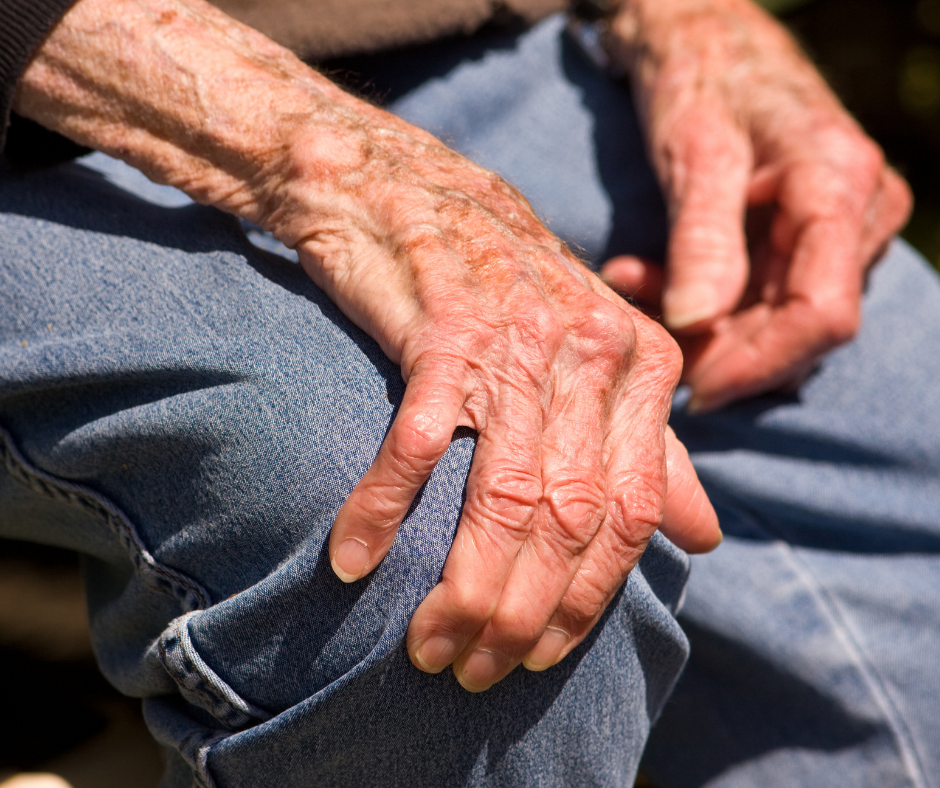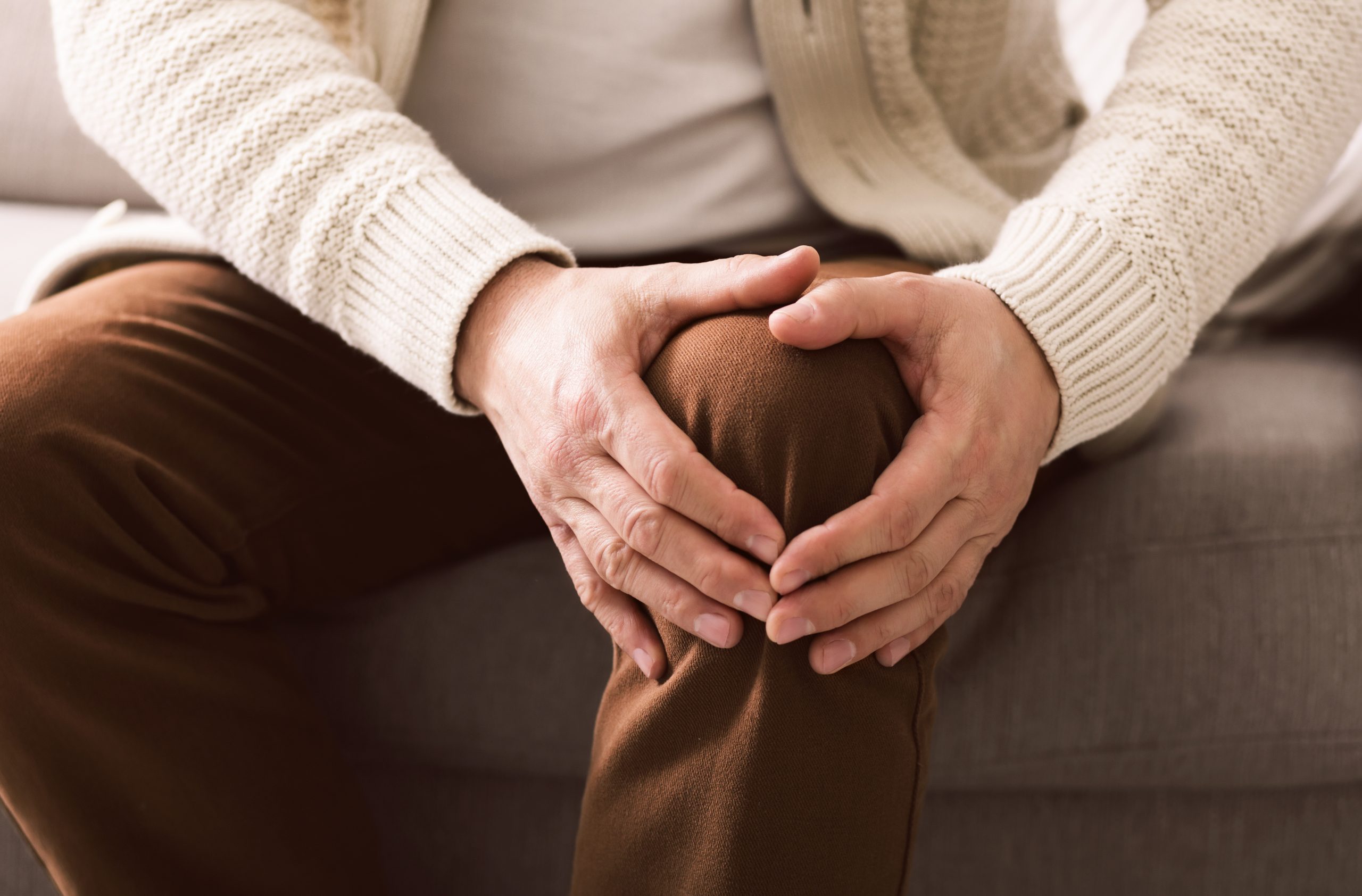
Gout is estimated to affect 1.7% of Australians and 2.7% of New Zealanders, causing quite sudden and very severe inflammation in one or more joints of the feet or legs, most often affecting the big toe joint. The symptoms can be excruciating, debilitating, and can make walking and daily movements feel impossible at times. When it comes to gout, some common questions our podiatrists get include:
 Why have I developed gout?
Why have I developed gout?- How do I remedy the pain and symptoms of gout in my feet?
- How do I prevent gout?
- Which foods cause gout?
- How do I know if it’s gout – or something else?
To help, our podiatry team have answered and explained your gout frequently asked questions below!
If you’re currently suffering from a gout flare, or the after-effects of your gout has made it difficult, painful or uncomfortable for you to walk, we can help. Book your appointment with us online.
Why have I developed gout?
If you’re suffering from gout, it means that needle-like crystals have formed in the affected joints, which have caused the joint to swell. As we’re sure you can imagine, this is extremely painful anytime that joint is moved – especially when you take a step and your foot naturally bends up on your big toe like this:

The cause of the crystals is a high concentration of uric acid, known as hyperuricemia, in the blood. Uric acid builds up in two primary ways:
- As uric acid is a natural waste product in our body, if our kidneys or intestines can’t effectively clear it from our body (which may occur if our kidney or intestine function is impaired), then we may end up with high concentrations circulating in the blood. Approximately one-third of uric acid is cleared by the intestines, and two-thirds is cleared by the kidneys
- Uric acid is a by-product of purines, which is a type of chemical compound found naturally in our food, including most meats and smaller quantities in some vegetables. If we consume a large volume of purine-rich foods, then we can increase the concentration of uric acid in our blood as the food is broken down
Not everyone with hyperuricemia will develop gout – in fact, only approximately 10% of people will, and the reason why some people with high uric acid levels develop gout and others don’t is not well understood. What is known is that 80-90% of people with gout have hyperuricemia.
The reason that gout tends to affect the big toe joint is because of the cooler temperatures that the feet are exposed to compared to the other parts of the body, encouraging the uric acid to solidify and crystallise.
How Do I Remedy The Pain And Symptoms Of Gout In My Feet?
 If you’re in the middle of a gout flare, your first line for reducing the immediate symptoms is medical management. Often, this involves anti-inflammatory drugs (NSAIDs), colchicine or corticosteroids – though this should be carefully selected for you by your GP or specialist with special considerations to your medical conditions and any other medications that you may be taking.
If you’re in the middle of a gout flare, your first line for reducing the immediate symptoms is medical management. Often, this involves anti-inflammatory drugs (NSAIDs), colchicine or corticosteroids – though this should be carefully selected for you by your GP or specialist with special considerations to your medical conditions and any other medications that you may be taking.
After your flare has settled, some after-effects of your gout may remain, particularly if there has been damage to the big toe joint, the joint capsule, or the surrounding tissues and ligaments. Here, we play a big role in helping improve your comfort and foot function using offloading padding, custom foot orthotics, and ensuring that your shoes are supporting good, comfortable foot function and not worsening your symptoms.
Occasionally, we see patients that have altered their natural gait pattern so much during a gout flare to try to reduce their pain that other pains elsewhere in the feet and legs have resulted. We can help you with this as well as any sores, wounds, callus or other skin problems that develop around the joint.
How Do I Prevent Gout?
Preventing gout means addressing the cause of your uric acid build-up as well as any personal risk factors identified by your healthcare team. This means investigating any metabolic disorders and kidney function, as well as promoting lifestyle measures like diet and exercise. Your doctor may also put you on urate-lowering therapy, which looks to medically manage your urate levels to help reduce the likelihood of a flare.
Here at My FootDr, we help our patients by providing them with the right tools and support to maximise their comfort for when their flares do arise. Many of our patients must still continue to work during their flare, and when your occupation involves being on your feet (or applying pressure to your forefoot like when driving), having some offloading to give you relief by redistributing the pressure away from the big toe and to the lesser toes can make a big difference to your quality of life and ability to work.
Which foods cause gout?
Foods high in purines from animal and seafood sources are thought to be a key element of increasing uric acid precursors. Interestingly, purines can also be found in high concentrations in vegetables such as beans and mushrooms, but these have not been found to be related to the risk of hyperuricemia.
New evidence over the last decade has shown that some of the foods that were previously thought to be associated with gout, like meat, may not have such a strong relationship as originally thought. Overall, your gout risk may be raised by consuming large quantities of:
- Alcohol, especially beer
- Sugar-sweetened drinks
- Some seafoods, like shellfish, shrimp, tuna, mussels, lobster, sardines and salmon
- Red meats like bacon, liver, beef, pork, turkey, veal and lamb
- High-fructose corn syrup, which is often found in processed foods including biscuits, syrups, chutneys and sauces, though the evidence is mixed on this one with only one American study finding a relationship between high consumption and gout
Before you decide to cut out food groups from the list above, according to Arthritis Australia, there is little evidence that avoiding these purine-rich foods can significantly reduce gout attacks and by cutting them out, you may miss out on important vitamins and minerals, particularly when it comes to meats and seafood. We recommend making these decisions together with your GP, dietitian or nutritionist.
How Do I Know If It’s Gout – Or Something Else?
There are many other conditions that affect the big toe joint, as well as other joints in the feet, that cause redness, swelling and pain – so this is a great question. Other common causes of pain in this joint include:
- Capsulitis or synovitis
- Bursitis
- Sesamoiditis
- Other arthritis – like rheumatoid arthritis, osteoarthritis or septic arthritis
- Trauma to the big toe joint
A key characteristic of gout is that it presents in painful flares – although other inflammatory arthritides do too. The only definitive way to know is to come in for an assessment and diagnosis. At My FootDr, we’ll conduct a comprehensive assessment, review your history, and rule out the other possible causes of joint pain. If we suspect you have gout, we’ll refer you appropriately, while setting to work in helping to relieve your painful symptoms by reducing pressure away from the affected joints.
Book your appointment with us online here or call us on 1800 FOOT DR.





